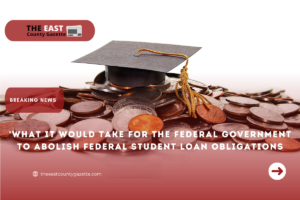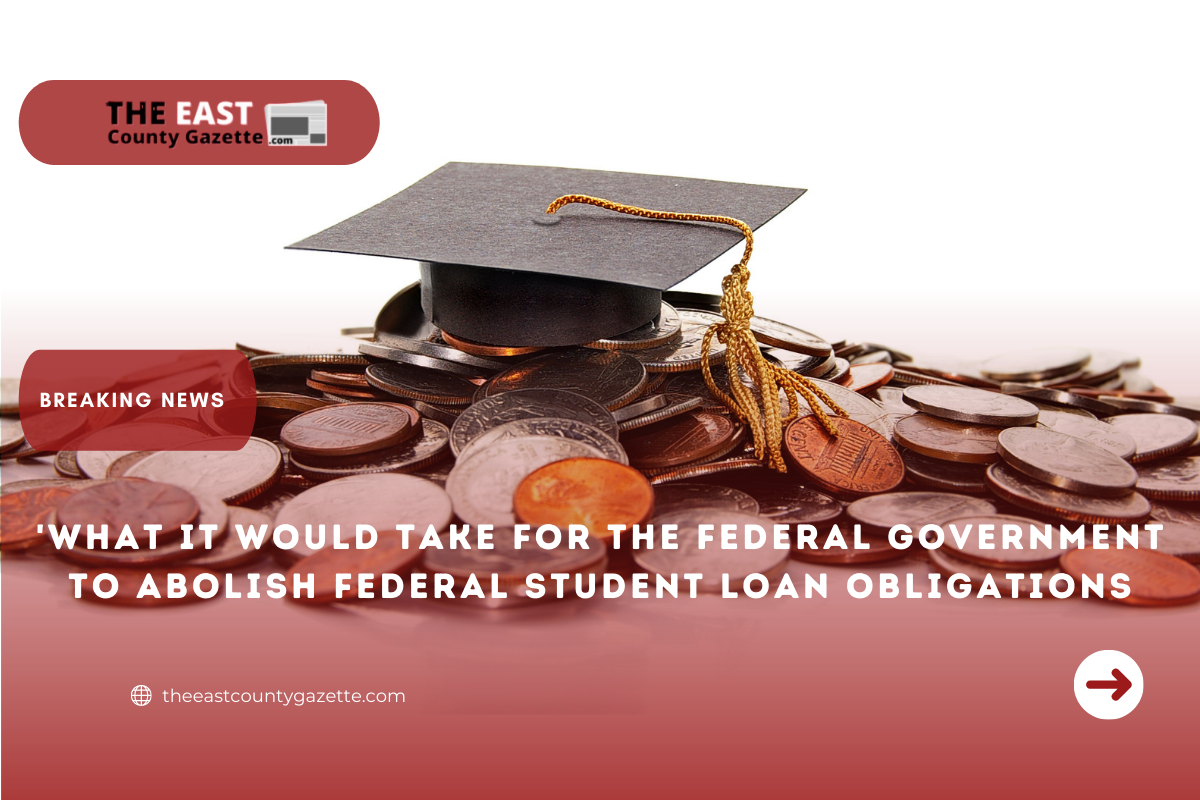After being pressed into action by Democrats, consumer activists, and student debt debtors, the White House is considering what steps it might take to cancel federal student debt.
The outstanding sum on federal student loans in the United States surpasses $1.7 trillion, surpassing both credit card and auto debt. Over the last three decades, the average debt for a bachelor’s degree recipient has more than quadrupled, rising to $30,000 today from less than $10,000 in the early 1990s.

It is believed that a quarter or more of borrowers are delinquent or in default.
There is no precedent for the government to undertake such a large-scale loan forgiveness program. According to experts, the most comparable situation occurred in the aftermath of the 2008 financial crisis, when the IRS canceled the taxes owing on forgiven mortgages that had accrued.
Read More: IRS Indicates Two $3,600 Payments to Be Made in February
President Joe Biden stated on the campaign trail that he would forgive $10,000 in federal student loans for everyone if he were elected.
This would cost approximately $377 billion and would lower the number of Americans who have student debt to around 30 million from more than 40 million now, according to estimates by higher-education expert Mark Kantrowitz, from more than 40 million today.
Meanwhile, Kantrowitz discovered that scrapping $50,000 for everyone, as Senate Majority Leader Chuck Schumer, D-N.Y., and Sen. Elizabeth Warren, D-Mass., are advocating, would cost $1.049 trillion. With that much loan reduction, almost 8 million Americans would still be saddled with school debt. Holders of private student loans are unlikely to benefit from such measures.
It would cost around $1.7 trillion to erase all federal student debt, and there would be no more borrowers of federal student loans as a result. Despite the fact that the number of new borrowers entering the system each year is between 4 million and 5 million, the trend is likely to continue.
The government’s expense would be less than the amount of debt it had cancelled, mostly because it did not expect to receive all of the money back, and certainly not in the near future, as a result of the debt cancellation. People can take decades to pay off their college debts, and they frequently experience difficulties with repayment.
According to Kantrowitz, the long-term implications of a broad cancellation would be a loss of $60 billion per year in interest revenue earned by the federal government on federal student loans.
It would very certainly have to create an additional $28 billion per year in order to repay investors who had purchased Treasury bonds that had reached their maturity date.
People who purchase those assets supply the government with funds used to make federal student loans available.

